The Pennsylvania Turnpike was the first American paved highway of the automobile era in which tolls alone were expected to pay all project costs. The 160-mile roadway, which cut an east-west path from Pittsburgh to the state capital of Harrisburg, was considered a revolutionary example of transportation system design and served as a model for the Interstate Highway System.
PA
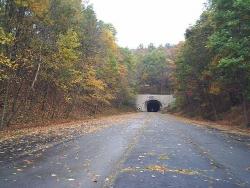
BreezewoodHarrisburgState: PACountry: USAWebsite: http://www.asce.org/project/pennsylvania-tunpike-(old-section)/Creator: Pennsylvania Turnpike Commission
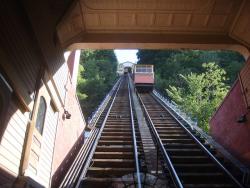
As a practical conveyance during the horse-and-buggy era, the Monongahela Incline was one of seventeen built and operated in Pittsburgh in the last century. Of the seventeen, the Monongahela and the Duquesne are the only two remaining operating units. While the Mt. Washington Incline was known as a coal-carrying incline plane in 1854, the Monongahela Incline is probably the earliest passenger-carrying incline in the United States and has been in continuous successful service since its construction.
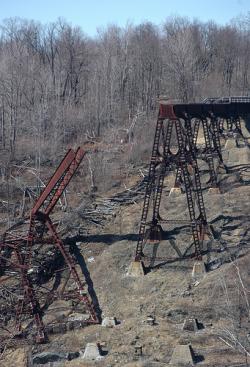
The workforce consisted of less than 100 men, yet they finished construction in just 94 days. Such speed was possible due to the elimination of scaffolding. Instead, iron rods were used to support construction of the trusses between the towers, and workers moved back and forth across the rods. A dangerous venture, yet no workers were seriously injured.
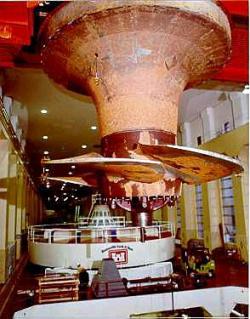
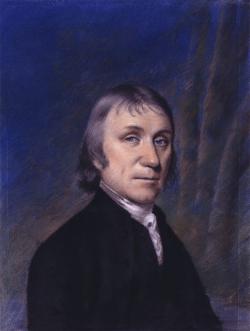
When Joseph Priestley discovered oxygen in 1774, he answered age-old questions of why and how things burn. An Englishman by birth, Priestley was deeply involved in politics and religion, as well as science. When his vocal support for the American and French revolutions made remaining in his homeland dangerous, Priestley left England in 1794 and continued his work in America until his death. His library of some 1,600 volumes and his chemical laboratory, where he first isolated carbon monoxide, were probably the best in the country at that time.
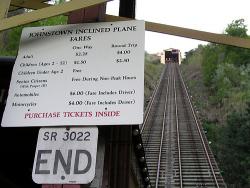
This is one of several, similar inclines built in western Pennsylvania during the late 19th century. It was designed by Samuel Diescher (1839-1915) after the great flood of 1889, to provide an efficient means of transportation between Westmont and the Conemaugh Valley. (See also the Monogahela and Duquesne Inclines in Pittsburgh.)
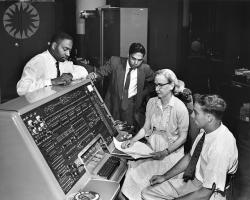
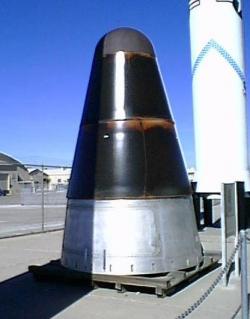
From 1956 to 1993, the GE Re-entry Systems facility was home to thousands of engineers and technicians who solved the problem of vehicles successfully reentering the Earth’s atmosphere. As described by aerospace pioneer Theodore Von Karman, “ Reentry… is perhaps the most difficult problem one can imagine.” Whether it was the first operational reentry vehicle for the Atlas ICBM, the recovery of the first man-made object from orbit, or the first probe to enter Jupiter’s atmosphere, some of the most significant milestones in aerospace were accomplished by those working in this facility.
The Garfield Thomas Water Tunnel is a unique experimental facility for hydrodynamic research and testing. The 48-inch (1.2-meter) diameter water tunnel enables the research staff to conduct basic and applied investigations in the fields of cavitation, hydroacoustics, turbulence, transition, hydrodynamic drag, and hydraulic and subsonic turbomachinery. Instrumentation and testing methods have been developed to study noise, vibration, vehicle dynamics, and the interaction between the propulsor and vehicle body.
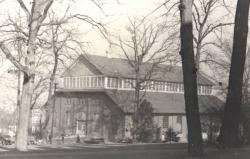
In 1907, John Fritz, known as the "Father of the Steel Industry in the United States," rejoined the Lehigh University Board of Trustees after an absence of a decade. He began the development of what would prove to be his greatest gift to Lehigh: a modern engineering laboratory and funding for its construction.
Innovations
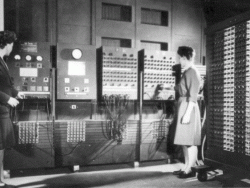
A major advance in the history of computing occurred at the University of Pennsylvania in 1946 when engineers put the Electronic Numerical Integrator and Computer (ENIAC) into operation. Designed and constructed at the Moore School of Electrical Engineering under a U. S. Army contract during…
Read More
Developed by Rohm and Haas in the 1940s, water-based acrylic emulsion technology filled a need for easy-to-use household paints for a growing suburban population in the United States following World War II. This aqueous technology required less preparation to use, was easier to clean up, had…
Read More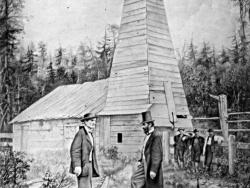
Long before Texas gushers and offshore drilling, and a century before oil wells dotted Arabian sands and rose out of Venezuelan waters, the center of petroleum production was western Pennsylvania. In the middle of the 19thcentury two developments occurred that guaranteed Pennsylvania’s dominance…
Read More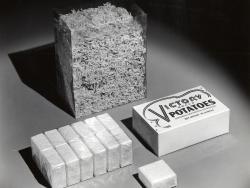
Instant mashed potatoes are commonplace on grocery shelves and have found wide use institutionally and in domestic and international food aid programs. The most successful form of instant mashed potatoes resulted from the flake process developed in the 1950s and 1960s at the Eastern Regional…
Read More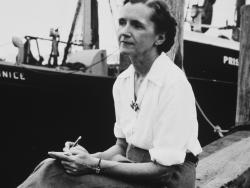
Rachel Carson’s Silent Spring, published in 1962, was a landmark in the development of the modern environmental movement. Carson’s scientific perspective and rigor created a work of substantial depth and credibility that sparked widespread debate within the scientific community and the…
Read MorePrior to its merger with the Carnegie Institute of Technology in 1967 to form Carnegie Mellon University, the nonprofit Mellon Institute for Industrial Research was a major, independent research corporation dedicated to promoting applied research for industry and educating scientific researchers…
Read More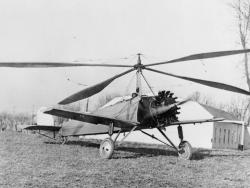
On December 18, 1928, Arthur Rawson, a factory pilot for the Cierva Autogiro Company, and then Harold F. Pitcairn, flew a Cierva C.8W Autogiro from…
Read More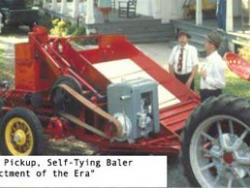
This machine is the world's first successful automatic pickup, self-tying hay baler. Its invention was a significant contribution to the development of American Agriculture. The baler was invented and hand-built in 1937 at Farmersville, Pa., a few miles from here. After testing and…
Read More

